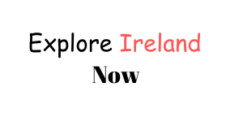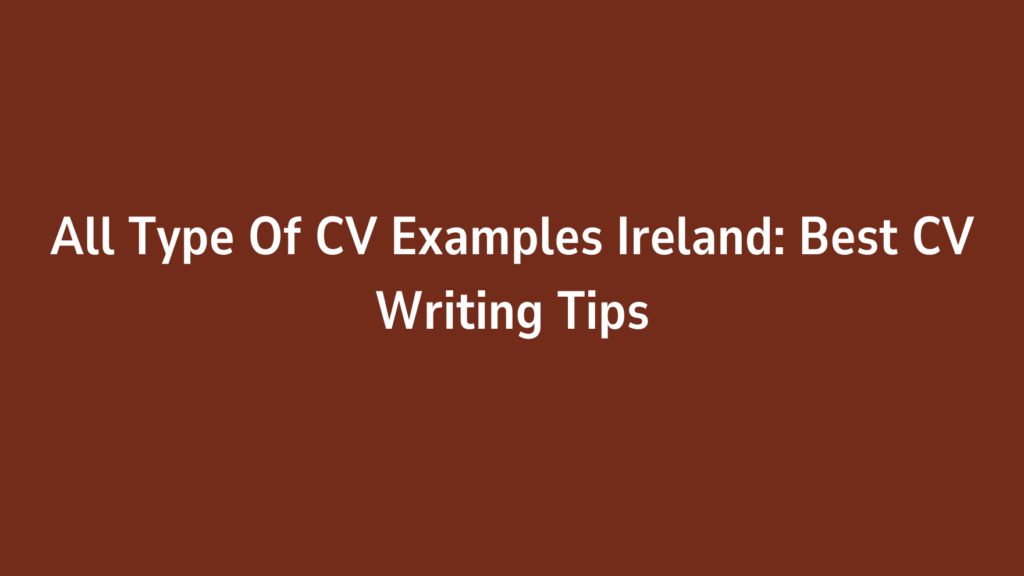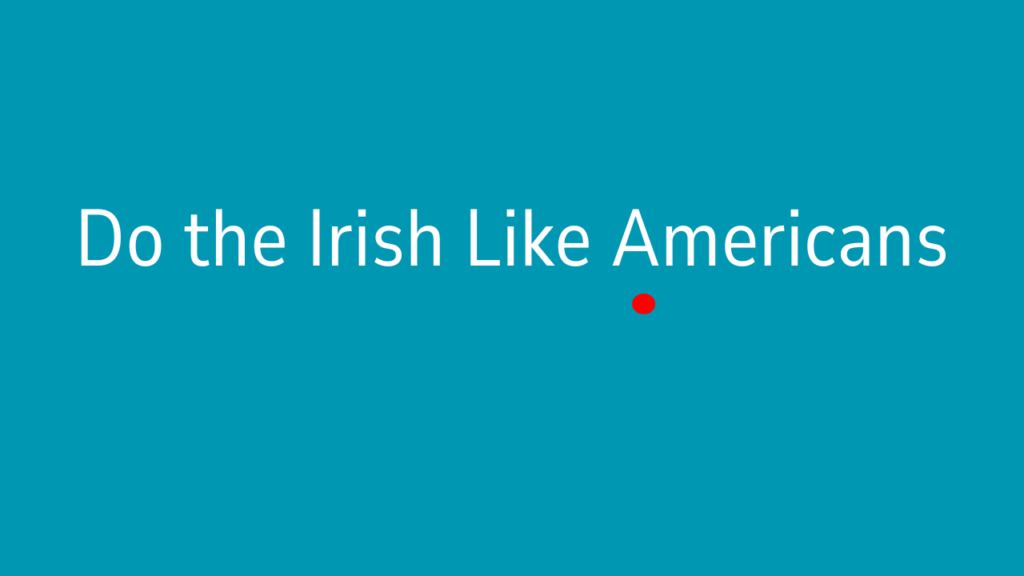Ireland and Northern Ireland are two neighboring regions that share a rich history, cultural similarities, and stunning landscapes. Despite their closeness, they are distinct in terms of governance, identity, and traditions. This article breaks down the key differences and similarities between Ireland and Northern Ireland in a simple and easy-to-read manner.
Quick Facts
| Feature | Republic of Ireland | Northern Ireland |
|---|---|---|
| Capital City | Dublin | Belfast |
| Currency | Euro (€) | Pound Sterling (£) |
| Official Languages | Irish and English | English |
| Political Status | Independent nation | Part of the UK |
| Population (2023 est.) | ~5 million | ~1.9 million |
Geography and Borders Ireland vs. Northern Ireland
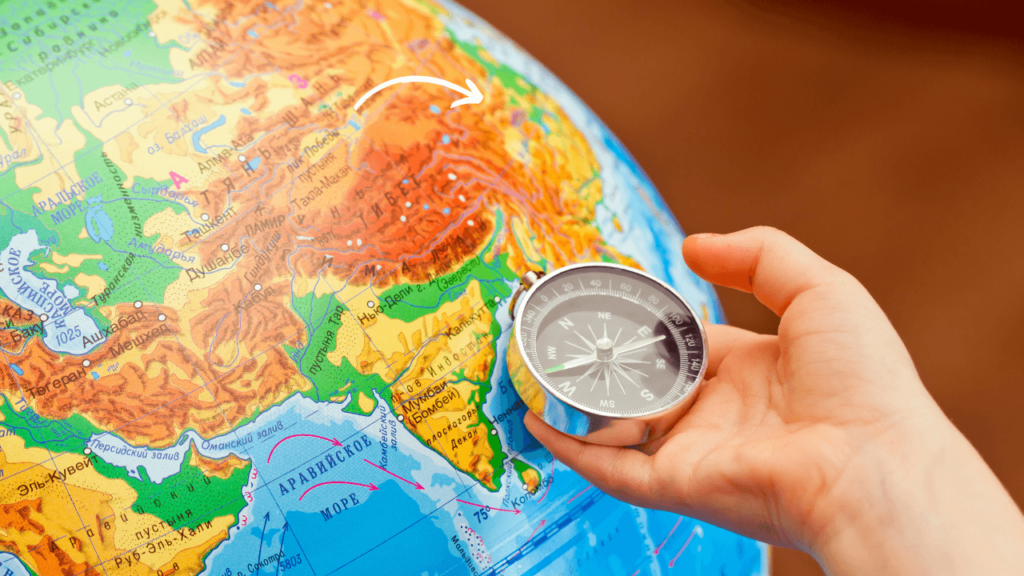
| Aspect | Republic of Ireland | Northern Ireland |
|---|---|---|
| Location | Occupies about five-sixths of the island | Located in the northeast part of the island |
| Borders | Shares a 499 km land border with Northern Ireland | Shares a border with the Republic of Ireland and the UK |
| Total Area | 70,273 sq. km (27,133 sq. miles) | 14,130 sq. km (5,460 sq. miles) |
| Geographical Features | Rolling plains, rivers, and mountains | Coastal cliffs, lakes, and mountains |
| Major Landmarks | – Wicklow Mountains | – Giant’s Causeway |
| – River Shannon | – Mourne Mountains | |
| – Cliffs of Moher | – Lough Neagh | |
| – Killarney National Park | – Dark Hedges | |
| Climate | Temperate maritime climate (mild, wet) | Temperate maritime climate (similar to Ireland) |
| Natural Resources | Rich agricultural land, rivers, lakes | Rich natural beauty with lakes and coastal areas |
| Rivers and Lakes | – River Shannon (longest river) | – Lough Neagh (largest freshwater lake) |
Key Differences
- Republic of Ireland is much larger in terms of land area, occupying about 70,273 square kilometers.
- Northern Ireland covers about 14,130 square kilometers, making it the smaller part of the island.
- Both regions share a similar climate but have distinct natural landmarks that highlight their unique landscapes.
Would you like further elaboration on specific geographical features or areas?
Historical Context: Ireland vs. Northern Ireland

| Aspect | Republic of Ireland | Northern Ireland |
|---|---|---|
| Historical Background | – Early history shaped by Celtic and Viking influence. | – Influenced by English and Scottish colonization. |
| – Became a unified entity until the 12th century. | – Part of the English-ruled Ireland since the 16th century. | |
| – Gained independence in 1922 after the Irish War of Independence. | – Remained part of the United Kingdom after the partition of Ireland in 1921. | |
| The Partition of Ireland | – The Irish Free State (later Republic of Ireland) was formed in 1922. | – Northern Ireland was created in 1921 as part of the UK. |
| – The Irish Free State later became a republic in 1949. | – Northern Ireland remained a self-governing part of the UK. | |
| Conflict and Violence | – Largely unaffected by “The Troubles” in Northern Ireland, though some impacts were felt. | – Central to “The Troubles” (1960s–1998), a violent conflict over national identity and governance. |
| The Good Friday Agreement | – Ireland has been independent with strong ties to the EU. | – Signed in 1998, the agreement brought peace, ending the violent conflict between Protestant unionists and Catholic nationalists. |
| Key Events | – 1916 Easter Rising led to independence after years of resistance to British rule. | – Unionist majority in Northern Ireland wanted to remain part of the UK, resulting in ongoing political tension with nationalist Catholics. |
Key Differences
- Republic of Ireland gained full independence from the UK in 1922 and eventually became a republic in 1949, leaving behind a colonial past.
- Northern Ireland was created as part of the United Kingdom following the partition of Ireland in 1921 and has remained politically and culturally tied to Britain.
- The division of Ireland led to significant social and political tension, especially with the rise of “The Troubles” in the late 20th century, impacting Northern Ireland more directly than the Republic of Ireland.
Political Differences: Ireland vs. Northern Ireland
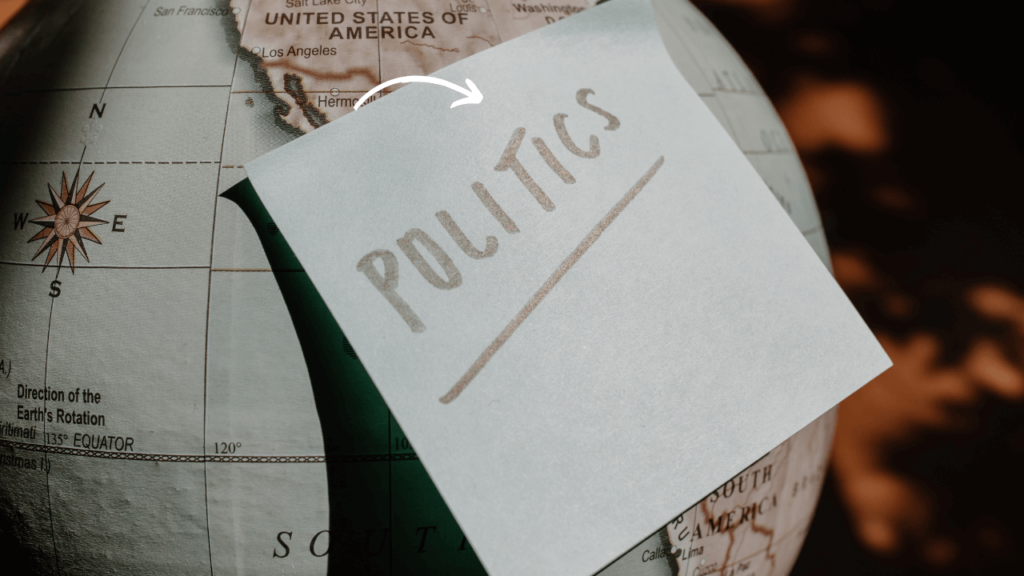
| Aspect | Republic of Ireland | Northern Ireland |
|---|---|---|
| Political Status | – A sovereign nation, fully independent. | – Part of the United Kingdom, governed by the UK government. |
| Government Type | – Parliamentary republic. | – A devolved legislature under the UK Parliament. |
| Head of State | – President (currently Michael D. Higgins). | – Monarch of the United Kingdom (currently King Charles III). |
| Head of Government | – Taoiseach (Prime Minister) (currently Leo Varadkar). | – First Minister and Deputy First Minister, elected by the Northern Ireland Assembly. |
| Legislature | – Oireachtas (bicameral: Dáil Éireann and Seanad Éireann). | – Northern Ireland Assembly (consists of 90 members). |
| Role in the European Union | – Full member of the EU until Brexit in 2020. | – No direct EU membership, but still linked to the EU through the Northern Ireland Protocol. |
| Currency | – Euro (€) | – Pound Sterling (£) |
| Legal System | – Based on common law with constitutional law. | – Based on common law, influenced by UK laws. |
| Devolution | – No devolved government; centralized in Dublin. | – Devolved government since 1998, with power-sharing between unionists and nationalists. |
| International Relations | – Independent in foreign policy, including international organizations. | – Foreign policy is determined by the UK government in London. |
| National Identity | – Strong sense of Irish identity, with Gaelic roots. | – Divided national identity: Unionist (pro-British) and Nationalist (pro-Irish). |
Key Differences
- Republic of Ireland is a fully independent country with its own government, laws, and international representation.
- Northern Ireland remains part of the United Kingdom and has a devolved government, meaning it shares governance with the UK Parliament, especially on matters like defense and foreign policy.
- Political identity is a major point of division in Northern Ireland, with Unionists favoring ties to Britain and Nationalists seeking unification with the Republic of Ireland.
Would you like further details on any specific political aspect?
Economic Comparisons: Ireland vs. Northern Ireland
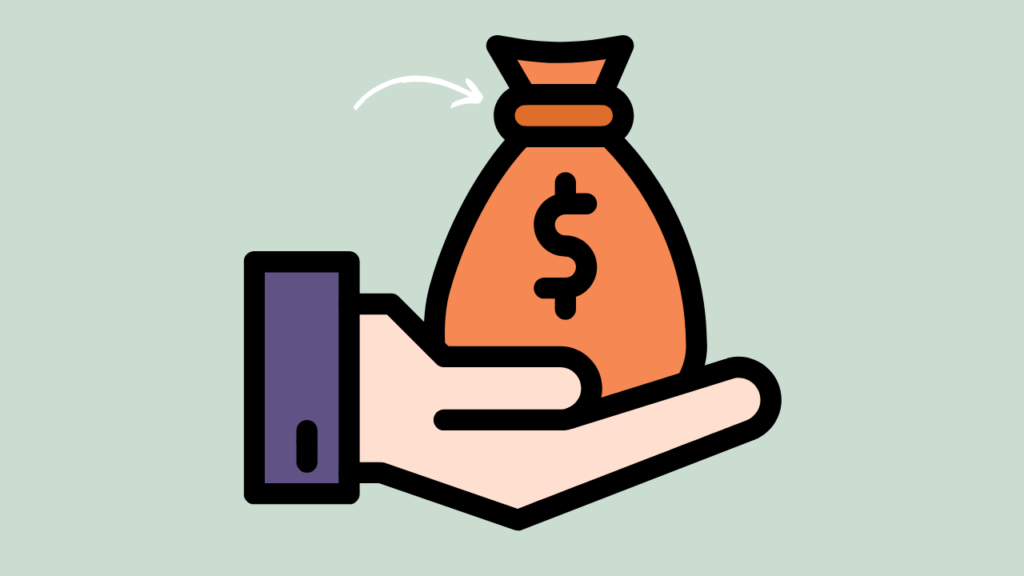
| Aspect | Republic of Ireland | Northern Ireland |
|---|---|---|
| Economic System | – Mixed economy, with a focus on high-tech industries, services, and exports. | – Market economy, heavily influenced by the UK, with a focus on manufacturing, services, and agriculture. |
| GDP | – One of the highest GDP per capita in Europe, driven by multinational corporations. | – Lower GDP per capita compared to the Republic of Ireland, affected by the public sector reliance. |
| Key Industries | – Pharmaceuticals, IT, financial services, and agriculture (especially dairy and beef). | – Manufacturing (textiles, chemicals), agriculture (especially potatoes, poultry), and services. |
| Unemployment Rate | – Unemployment rate tends to be lower than in Northern Ireland. As of recent years, around 4-5%. | – Slightly higher unemployment rate compared to the Republic, around 4-6%. |
| Currency | – Euro (€), as part of the European Union until Brexit. | – Pound Sterling (£), as part of the United Kingdom. |
| Tax Rates | – Corporate tax rate is famously low (12.5%), which attracts multinational companies. | – Follows the UK tax system, with a corporate tax rate of 19% (expected to rise to 25% in 2023). |
| Public Sector Employment | – Significant public sector, but a strong private sector presence, especially in tech and pharmaceuticals. | – Public sector is a major employer, especially in health, education, and local government. |
| Trade and Exports | – Strong export-driven economy with a focus on high-tech products, pharmaceuticals, and agri-foods. | – Trade with the Republic of Ireland is vital, but Northern Ireland is also reliant on the UK and global markets. |
| Investment and Foreign Companies | – Significant foreign direct investment (FDI), especially from tech giants like Google, Apple, and Facebook. | – Attracts investment primarily from the UK, but also has some European ties due to the Northern Ireland Protocol. |
| Economic Growth | – Generally high economic growth, although impacted by global economic trends and Brexit. | – Slower economic growth, with challenges related to political instability and dependence on the UK economy. |
Key Differences
- Currency and Taxation: The Republic of Ireland uses the Euro and has a very attractive low corporate tax rate, making it a hub for multinational companies. Northern Ireland, using the Pound Sterling, follows UK tax policies, which are typically higher.
- Economic Growth: Ireland has seen rapid growth, particularly due to its strong tech and pharmaceutical sectors, whereas Northern Ireland’s economy is slower, partly due to political and social tensions and the dependency on the UK’s economic policies.
- Unemployment: The Republic of Ireland generally enjoys lower unemployment rates due to a stronger private sector, while Northern Ireland’s economy is more reliant on public sector employment, which can be less stable.
- Investment: Both regions benefit from investments, but Ireland’s lower corporate taxes make it a magnet for global tech firms. Northern Ireland, while still receiving investments, faces challenges related to political uncertainty post-Brexit.
Would you like more in-depth analysis on any of these economic aspects?
Key Cities and Attractions: Ireland vs. Northern Ireland
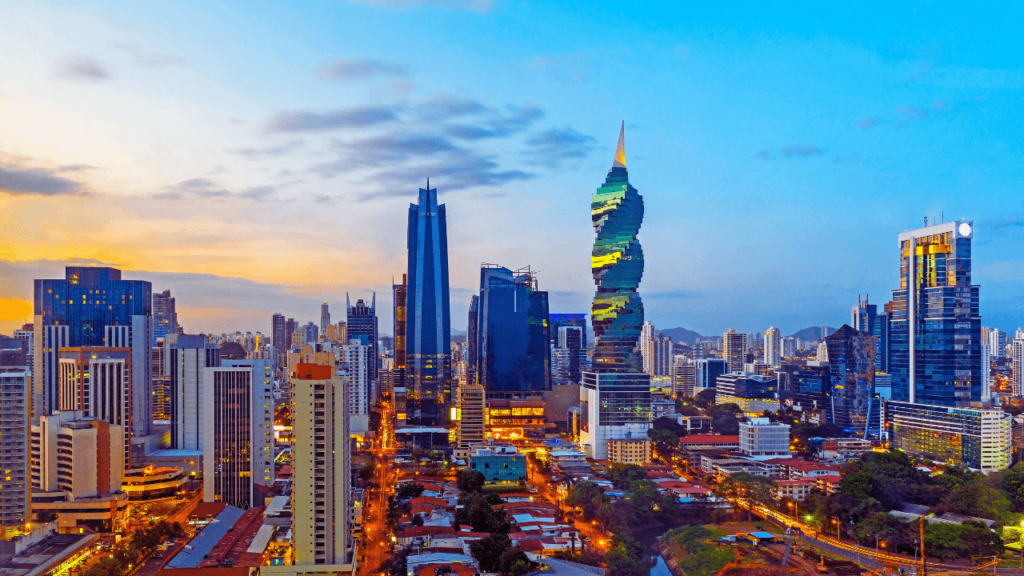
| Aspect | Republic of Ireland | Northern Ireland |
|---|---|---|
| Capital City | Dublin: The largest city and capital of Ireland. A vibrant cultural hub known for its history, architecture, and literature. | Belfast: The capital and largest city of Northern Ireland. Known for its rich industrial history and modern cultural scene. |
| Other Major Cities | Cork: The second-largest city, known for its lively arts scene, the English Market, and proximity to scenic areas. | Derry/Londonderry: Known for its historic walls, vibrant arts scene, and role in The Troubles. |
| Top Attractions | – Cliffs of Moher: Stunning coastal cliffs, offering dramatic views. | – Giant’s Causeway: UNESCO World Heritage site with unique basalt columns formed by volcanic activity. |
| – Ring of Kerry: A scenic drive showcasing some of the most beautiful landscapes in Ireland. | – Carrick-a-Rede Rope Bridge: A thrilling bridge suspended over the Atlantic Ocean, offering spectacular views. | |
| – Trinity College and Book of Kells: Dublin’s iconic university and its 9th-century manuscript. | – Titanic Belfast: A state-of-the-art museum showcasing the history of the Titanic, built in Belfast. | |
| – Kilmainham Gaol: A historic prison that played a significant role in Irish history. | – Dark Hedges: Famous for its appearance in Game of Thrones, a stunning avenue of beech trees. | |
| Natural Wonders | – Killarney National Park: A stunning park known for its lakes, forests, and mountains. | – Mourne Mountains: Known for hiking trails and dramatic views, this area inspired C.S. Lewis’ Narnia. |
| – The Burren: A unique landscape with exposed limestone and rare flora. | – Lough Neagh: The largest freshwater lake in the UK, offering beautiful landscapes and birdwatching opportunities. | |
| Cultural Sites and Museums | – Guinness Storehouse: A museum dedicated to Ireland’s famous beer, with an immersive experience. | – Ulster Museum: A museum in Belfast with exhibits on history, art, and natural sciences. |
| – National Museum of Ireland: An impressive collection of Irish history and culture, with multiple branches. | – The Cathedral Quarter (Belfast): Known for its lively pubs, arts, and cultural spaces. | |
| Historic Sites | – Newgrange: A prehistoric monument older than the pyramids of Egypt, with an impressive winter solstice phenomenon. | – Derry’s City Walls: Historic city walls offering scenic walks with views over the city. |
| – Rock of Cashel: A spectacular ancient fortress atop a hill, offering stunning views of the surrounding countryside. | – Giant’s Causeway Visitor Centre: Learn about the geological marvel of the Giant’s Causeway and its myths. |
Key Differences
- Capital Cities: Dublin is known for its lively urban culture, rich literary history, and as a hub for multinational tech companies. Belfast, while also culturally vibrant, is marked by its industrial heritage and recent transformation into a cultural destination.
- Natural Wonders: Both regions boast dramatic landscapes. Ireland offers iconic sites like the Cliffs of Moher and the Ring of Kerry, while Northern Ireland has unique attractions like the Giant’s Causeway and the Mourne Mountains.
- Historical Significance: The Republic of Ireland is rich in ancient history with landmarks like Newgrange and the Rock of Cashel, while Northern Ireland has a more recent historical significance with sites like the City Walls of Derry and Titanic Belfast.
Would you like more specific details about any of these cities or attractions?
Sports and Recreation: Ireland vs. Northern Ireland
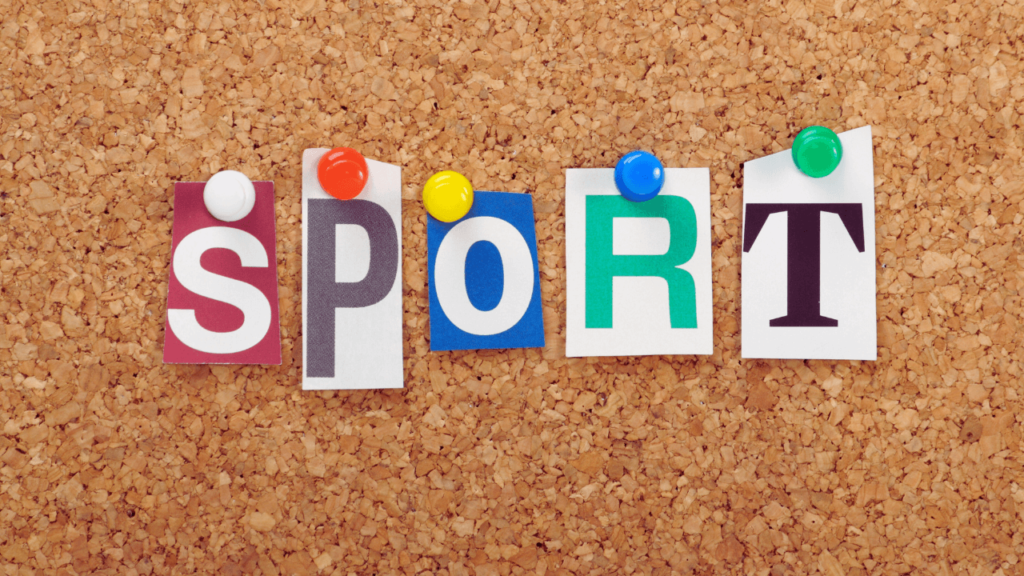
| Aspect | Republic of Ireland | Northern Ireland |
|---|---|---|
| Popular Sports | – Gaelic Games (GAA): Gaelic football and hurling are hugely popular, with a deep-rooted national tradition. | – Gaelic Games (GAA): Also extremely popular, with Gaelic football and hurling played widely across the region. |
| – Rugby Union: The Irish national rugby team competes in the Six Nations Championship, and rugby is popular, especially in Dublin and Limerick. | – Rugby Union: Rugby is popular, and the Ulster Rugby team represents Northern Ireland in the Pro14 league. | |
| – Soccer (Football): The Republic of Ireland national football team competes in international tournaments like the FIFA World Cup and UEFA Euro. | – Soccer (Football): Northern Ireland’s national football team competes in international competitions and has a strong following, especially in Belfast. | |
| – Tennis: Increasing in popularity, with major tournaments like the Irish Open held annually. | – Tennis: Like in the Republic, tennis has a growing fanbase, with tournaments and clubs across the region. | |
| – Golf: Ireland is world-renowned for its golf courses, including famous ones like Royal County Down and Portmarnock. | – Golf: Northern Ireland is also famous for its golf courses, including the iconic Royal Portrush Golf Club, which hosts The Open Championship. | |
| Major Sporting Events | – All-Ireland GAA Football and Hurling Championships: Major events for Gaelic football and hurling, drawing large crowds across the country. | – Ulster GAA Football and Hurling Championships: Regional GAA events are also of significant importance in Northern Ireland. |
| – Rugby Six Nations: Ireland competes in the Six Nations Rugby Championship, a prestigious international rugby competition. | – Ulster Rugby: Northern Ireland has its own rugby team that plays in national and international competitions. | |
| – Irish Open (Golf): One of Europe’s premier golf tournaments, attracting top golfers from around the world. | – The Open Championship (Golf): Royal Portrush hosted The Open in 2019, a major international golf event. | |
| – Dublin Marathon: An annual event attracting international participants and spectators. | – Belfast Marathon: A popular race event that draws a large number of participants. | |
| Recreational Activities | – Walking and Hiking: Popular across the country, especially in scenic areas like the Wicklow Mountains and Killarney National Park. | – Walking and Hiking: Mourne Mountains and Giant’s Causeway offer picturesque hiking routes and trails. |
| – Cycling: Cycle routes are common, including the Wild Atlantic Way and Greenway trails for cycling enthusiasts. | – Cycling: Northern Ireland also boasts scenic routes such as the Lagan Towpath and Causeway Coast cycling trail. | |
| – Water Sports: Popular in coastal areas, including surfing in places like Bundoran and Dingle. | – Water Sports: Coastal areas like Portrush are famous for surfing, sailing, and other water-based activities. | |
| – Horse Racing: The Irish Grand National and Cheltenham Festival are significant events. | – Horse Racing: The Down Royal racecourse is well-known for hosting major horse races. | |
| Stadiums and Venues | – Aviva Stadium (Dublin): A major venue for rugby and football matches, as well as concerts. | – Windsor Park (Belfast): The national football stadium in Northern Ireland, hosting football matches and events. |
| – Croke Park (Dublin): The headquarters of the GAA, hosting major Gaelic games and concerts. | – Ravenhill Stadium (Belfast): The home of Ulster Rugby, hosting rugby matches. | |
| – Thomond Park (Limerick): A well-known stadium for rugby, home to Munster Rugby. | – The SSE Arena (Belfast): An indoor arena hosting concerts, sports, and events, including ice hockey and basketball. |
Key Differences
- Gaelic Games: Gaelic football and hurling are significant in both the Republic of Ireland and Northern Ireland, but the Republic of Ireland has a stronger overall national presence, especially in the All-Ireland Championships.
- Rugby: Both regions participate in rugby union, with the Republic of Ireland fielding a national team in major international competitions like the Six Nations. Northern Ireland is represented as part of the Ireland rugby team but also has Ulster Rugby competing at the professional level.
- Golf: Ireland is renowned for its golf courses, particularly in the Republic. However, Northern Ireland also has an international reputation for its golf, especially with courses like Royal Portrush hosting The Open Championship.
- Football (Soccer): Northern Ireland competes separately in international competitions, and its fans have a strong connection to their national team. In contrast, the Republic of Ireland has a larger pool of players and resources, participating in major tournaments like the FIFA World Cup and UEFA Euro.
- Recreational Activities: Both regions offer extensive options for hiking, cycling, and water sports, with both the Republic of Ireland and Northern Ireland boasting stunning landscapes ideal for outdoor activities.
Key Similarities Between Ireland and Northern Ireland
| Aspect | Republic of Ireland | Northern Ireland |
|---|---|---|
| Shared History and Culture | Common historical roots in Celtic traditions and Irish heritage. | Shared historical connections, particularly with Irish and Celtic traditions. |
| Language | English is the primary language; Irish Gaelic is taught in schools and used in cultural settings. | English is the dominant language; Irish Gaelic is also taught and used in cultural settings. |
| Sports | – Gaelic Games (GAA): Popular sports include Gaelic football and hurling. – Rugby Union: Part of the Ireland national rugby team. – Football (Soccer): Enthusiastic following with local clubs and national teams. | – Gaelic Games (GAA): Gaelic football and hurling are widely played. – Rugby Union: Ulster Rugby represents Northern Ireland. – Football (Soccer): Strong football culture, with Northern Ireland national team competing internationally. |
| Geography and Climate | – Shared natural features like the Ring of Kerry and Cliffs of Moher. – Temperate maritime climate with mild winters and cool summers. | – Giant’s Causeway and Mourne Mountains are major natural attractions. – Similar temperate maritime climate with mild winters and cool summers. |
| Cuisine | Common dishes include Irish stew, boxty, and soda bread. | Similar cuisine with Irish stew, boxty, soda bread, and seafood chowder. |
| Tourism and Attractions | Major attractions include Dublin Castle, Torc Waterfall, and Blarney Stone. | Key sites include Giant’s Causeway, Carrick-a-Rede Rope Bridge, and Belfast’s Titanic Quarter. |
| Music and Arts | Rich tradition of folk music, Irish step dancing, and traditional festivals. | Strong presence of traditional Irish music, folk festivals, and cultural events. |
| Education | Similar education system with primary, secondary, and tertiary education. | Same educational structure with primary, secondary, and third-level education systems. |
| Public Transport | Well-connected with bus, train networks, and ferries linking to Northern Ireland. | Extensive bus, train, and ferry services linking with the Republic of Ireland. |
| Religious Influence | Primarily Catholic, with influence on cultural and national holidays like Christmas and Easter. | Protestant and Catholic identities shape festivals, holidays, and cultural observances. |
Frequently Asked Questions (FAQ) about Ireland vs. Northern Ireland
1. What is the main difference between Ireland and Northern Ireland?
- Ireland is an independent country, officially known as the Republic of Ireland, while Northern Ireland is part of the United Kingdom. The main difference lies in their political systems, governance, and national identity.
2. Are Ireland and Northern Ireland the same country?
- No, they are two separate political entities. Ireland is an independent republic, whereas Northern Ireland is governed as part of the UK.
3. What language is spoken in Ireland and Northern Ireland?
- In Ireland, the official languages are English and Irish (Gaeilge), although Irish is less commonly spoken in everyday life. In Northern Ireland, English is the primary language, with Ulster Scots and Irish spoken by some communities.
4. Is Ireland part of the United Kingdom?
- No, Ireland (the Republic of Ireland) is an independent country. Northern Ireland is the only part of the island that is part of the United Kingdom.
5. Do I need a passport to travel between Ireland and Northern Ireland?
- No, since both regions are part of the Common Travel Area, you do not need a passport to travel between Ireland and Northern Ireland. However, you may need ID or documents if traveling by air.
6. Is Northern Ireland part of the European Union?
- No, Northern Ireland is not part of the European Union as the UK has left the EU (Brexit). However, Ireland (the Republic of Ireland) remains an EU member.
7. Which currency is used in Ireland and Northern Ireland?
- Ireland uses the Euro (€), while Northern Ireland uses the British Pound Sterling (£).
8. Can I use the same money in both Ireland and Northern Ireland?
- No, you cannot use the same currency in both regions. In Ireland, the Euro is used, while in Northern Ireland, the Pound Sterling is used.
9. What is the weather like in Ireland and Northern Ireland?
- Both Ireland and Northern Ireland experience similar weather conditions with mild winters and cool summers. However, Northern Ireland tends to be slightly cooler and wetter, especially in the winter months.
10. Is it safe to visit both Ireland and Northern Ireland?
- Yes, both Ireland and Northern Ireland are generally safe for tourists. However, it’s important to stay updated on current events or travel advisories, particularly in areas that have had a history of political tensions.
11. What are the best places to visit in Ireland and Northern Ireland?
- Ireland: Cliffs of Moher, Dublin, Ring of Kerry, Galway.
- Northern Ireland: Giant’s Causeway, Titanic Belfast, Dark Hedges, and the Causeway Coastal Route.
12. Do people from Northern Ireland consider themselves Irish or British?
- People in Northern Ireland may identify as either Irish, British, or a combination of both, depending on their cultural, religious, and political beliefs. This can vary greatly across different communities.
13. Do I need a visa to visit Ireland or Northern Ireland?
- If you’re visiting from outside the EU, you may need a visa to visit Ireland. For Northern Ireland, the visa requirements follow the same rules as the rest of the UK. However, citizens of countries in the Common Travel Area (such as the UK, Ireland, and the Republic of Ireland) do not require a visa.
14. How does Brexit affect travel to Northern Ireland?
- With the UK’s departure from the EU (Brexit), Northern Ireland follows UK immigration rules. However, special provisions were made for Northern Ireland, allowing it to remain aligned with some EU regulations on goods and services, particularly across the Irish border.
15. Are there any cultural differences between Ireland and Northern Ireland?
- Yes, there are cultural differences, particularly in terms of religion, history, and national identity. Ireland is predominantly Catholic with a focus on Irish traditions and culture, while Northern Ireland has a mix of Protestant and Catholic populations and is more influenced by British culture and traditions.
Conclusion
While Ireland and Northern Ireland share a common history and island, they are distinct in governance, culture, and economy. Understanding these differences can help visitors and residents appreciate the uniqueness of each region. Whether you’re exploring Dublin or Belfast, both offer unforgettable experiences.

Hi, I’m Tanvir, the founder and author of Explore Ireland Now. With a deep love for Ireland and its rich culture, history, and landscapes, I created this site to share everything that makes this beautiful country worth exploring. Whether you’re a local looking for hidden gems or a traveler planning your next adventure, I provide insightful guides, tips, and recommendations to help you experience Ireland to the fullest.
From stunning landscapes to vibrant cities and quaint villages, Ireland is full of wonders waiting to be discovered. Through my personal experiences and research, I aim to bring you the most up-to-date information and inspiration for your journey.
Thank you for visiting Explore Ireland Now—I hope my content helps you uncover all that this incredible country has to offer! If you have any questions or need travel advice, feel free to reach out.
